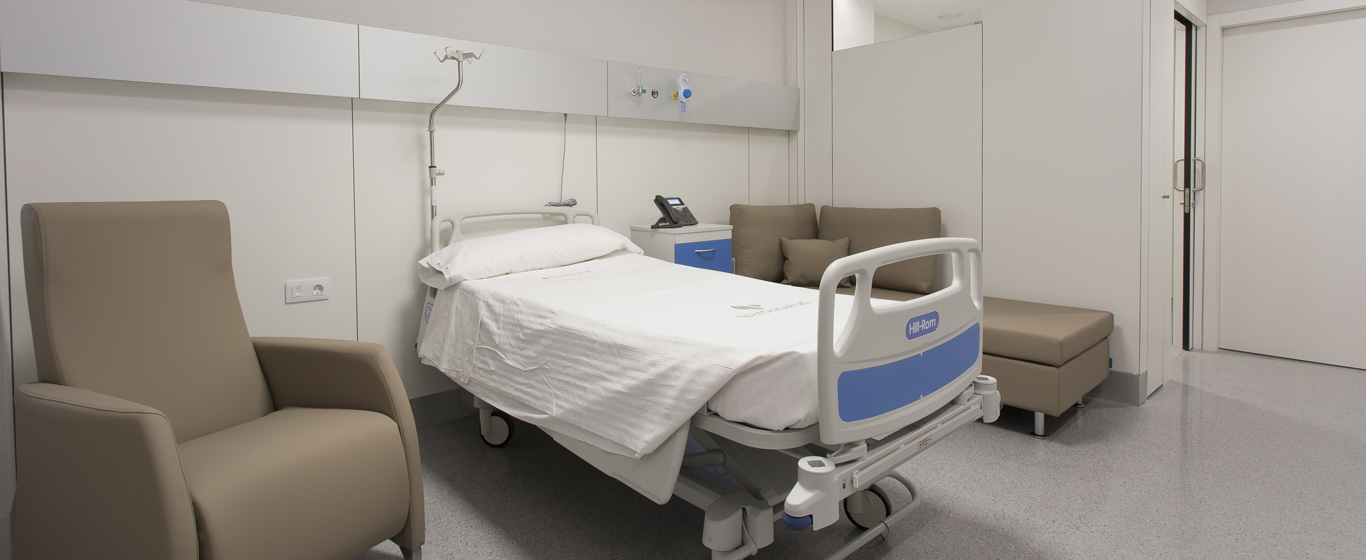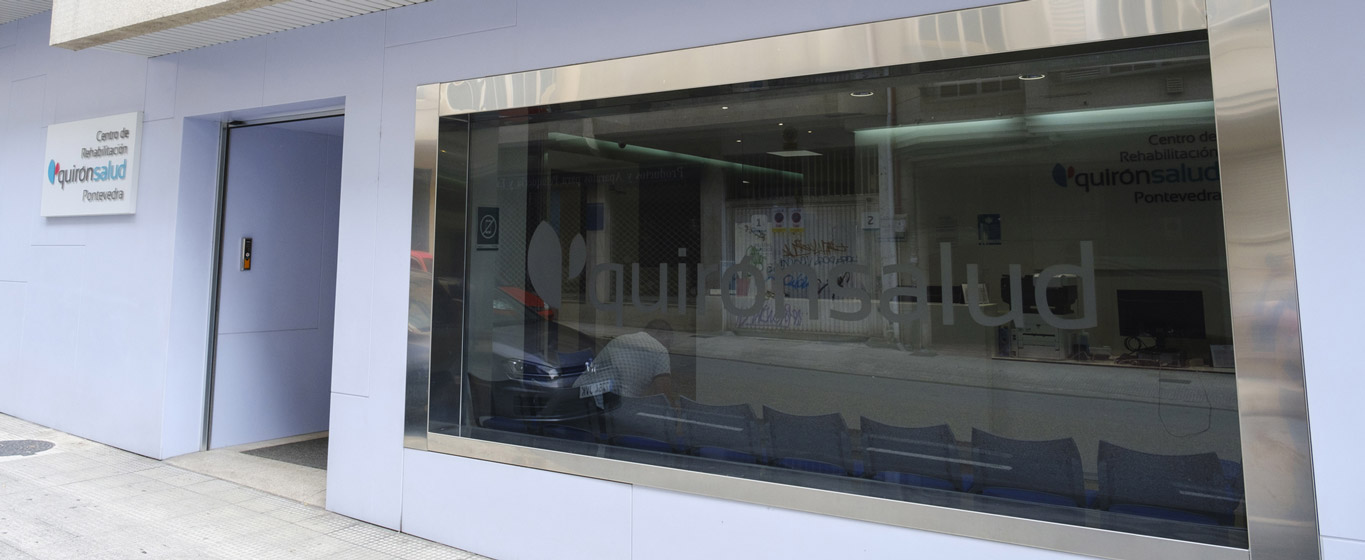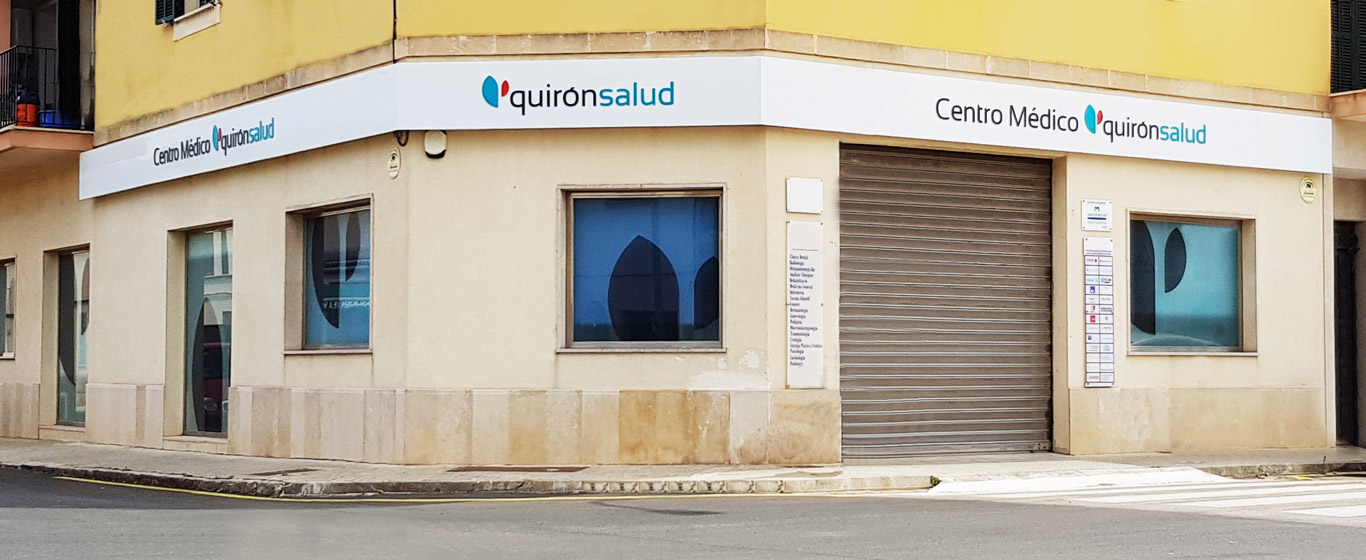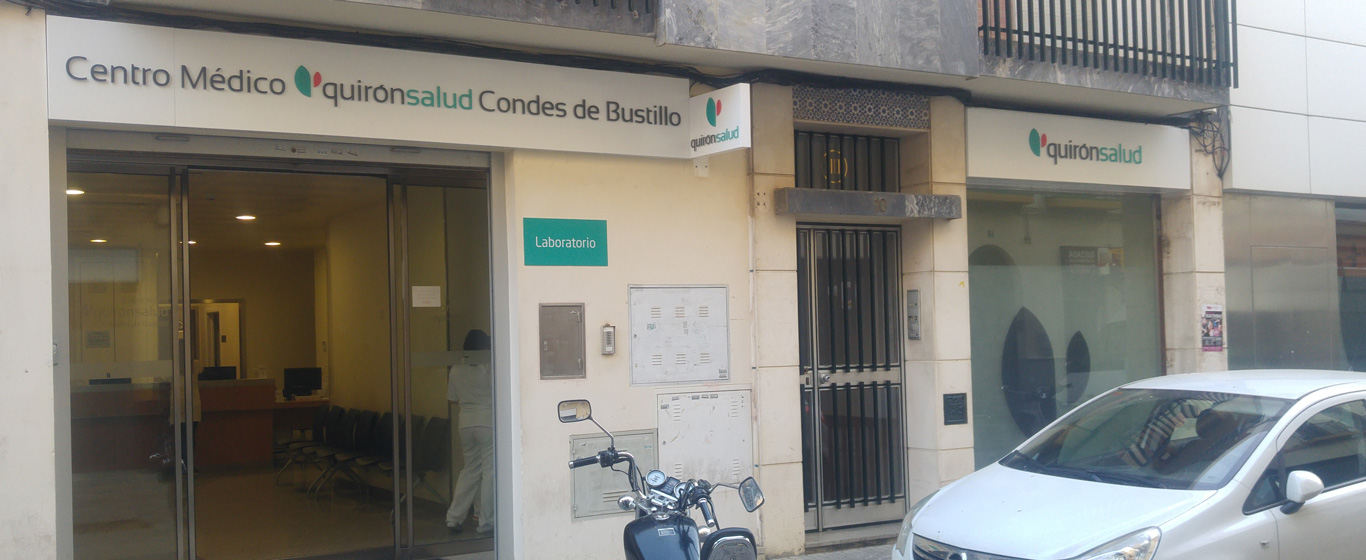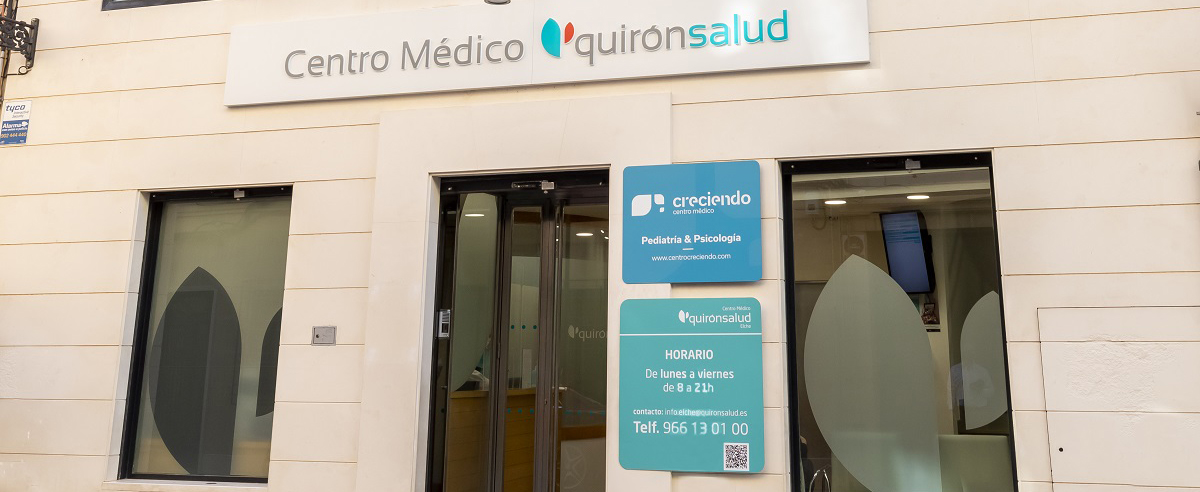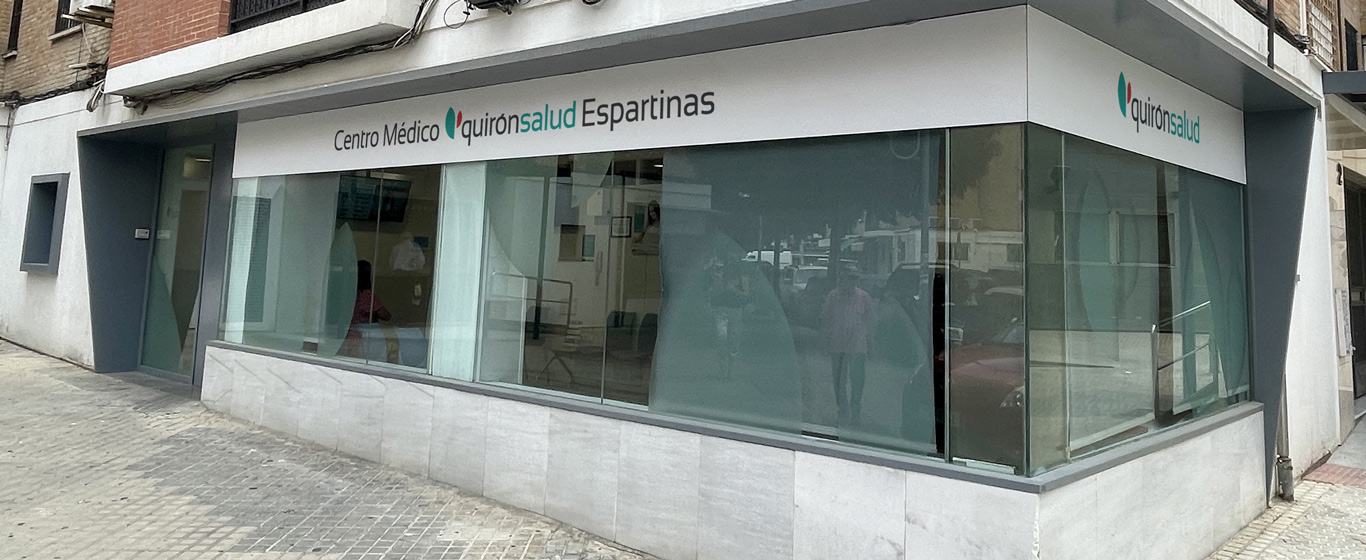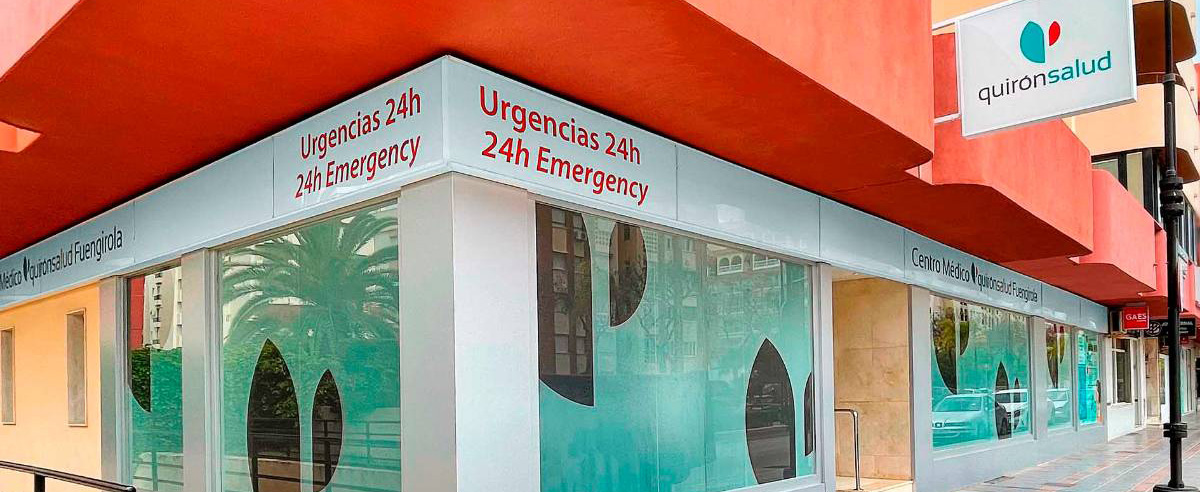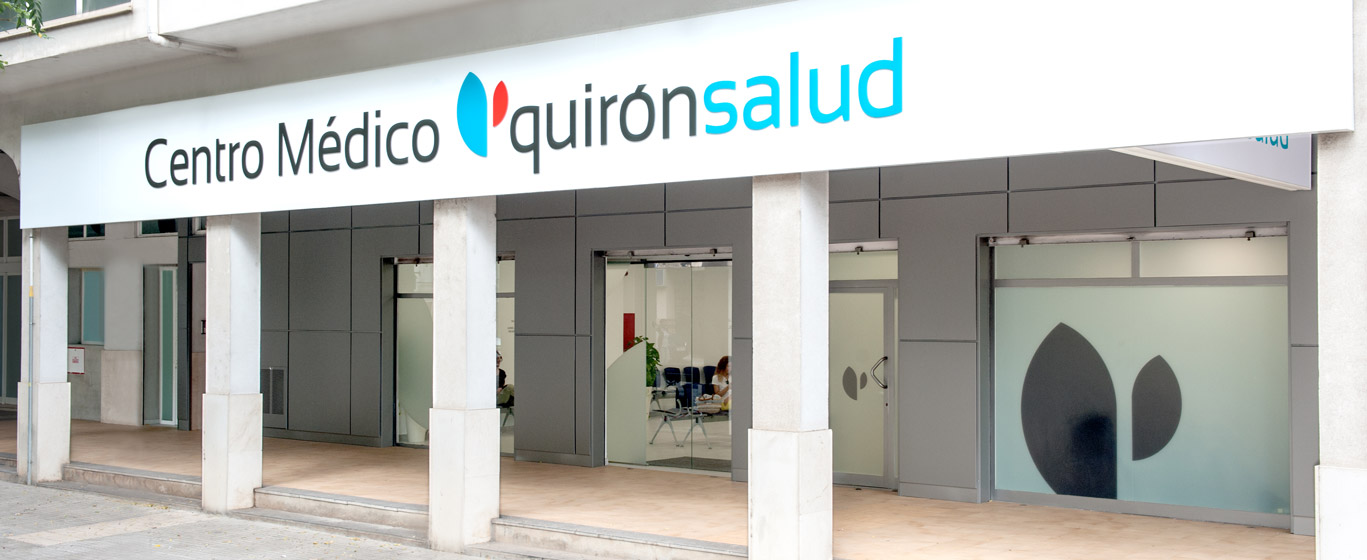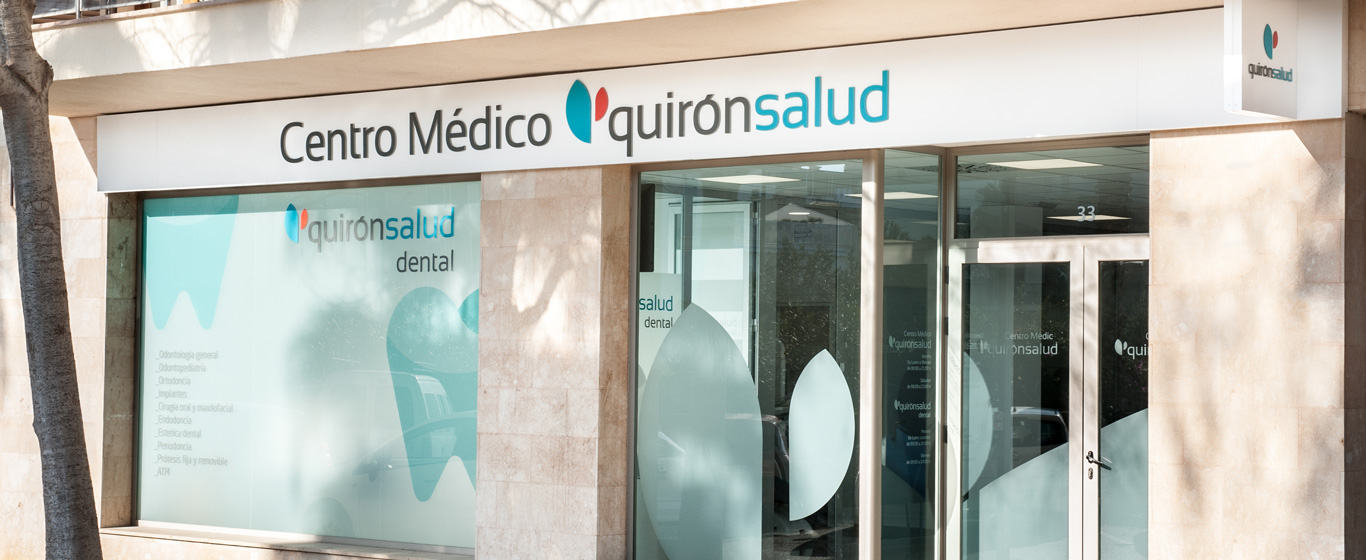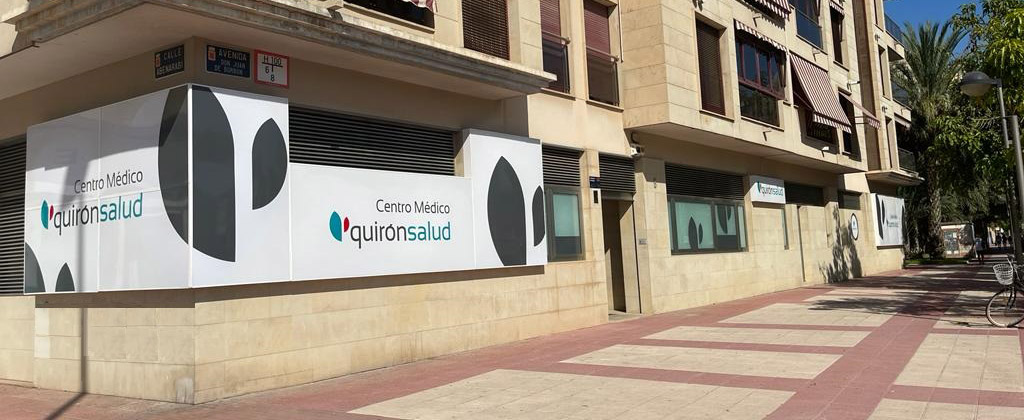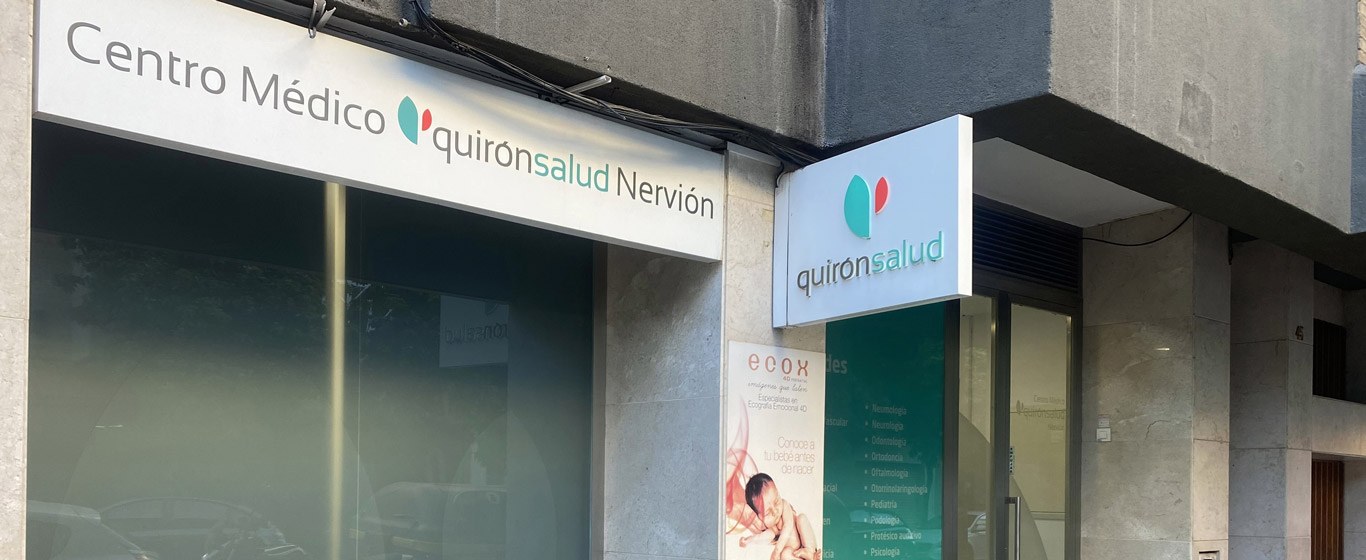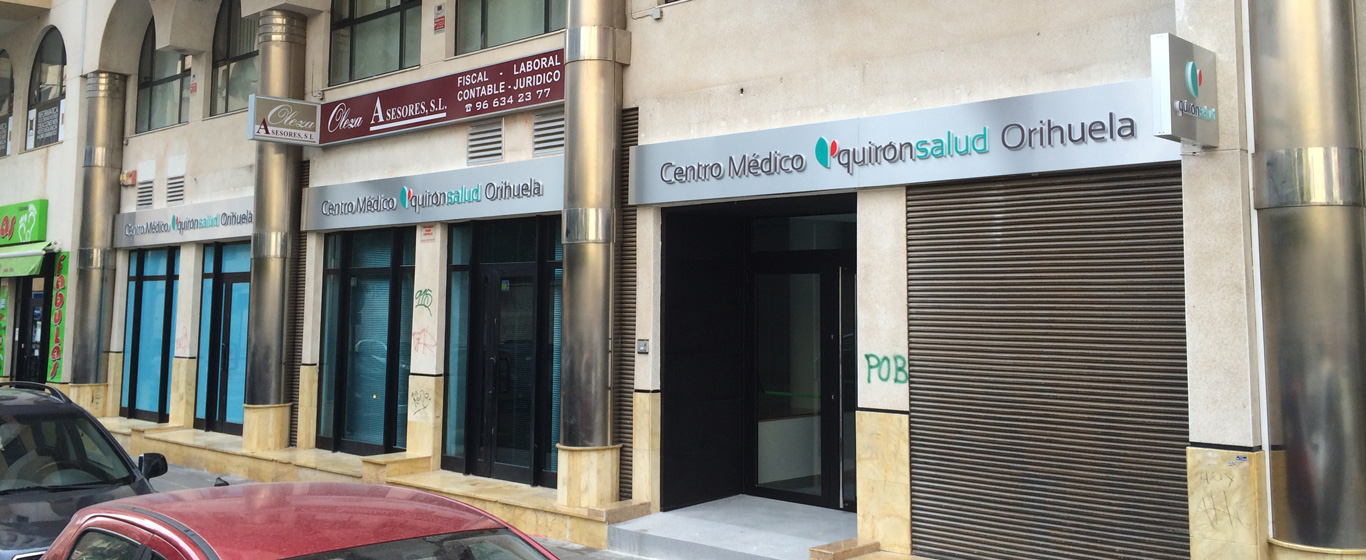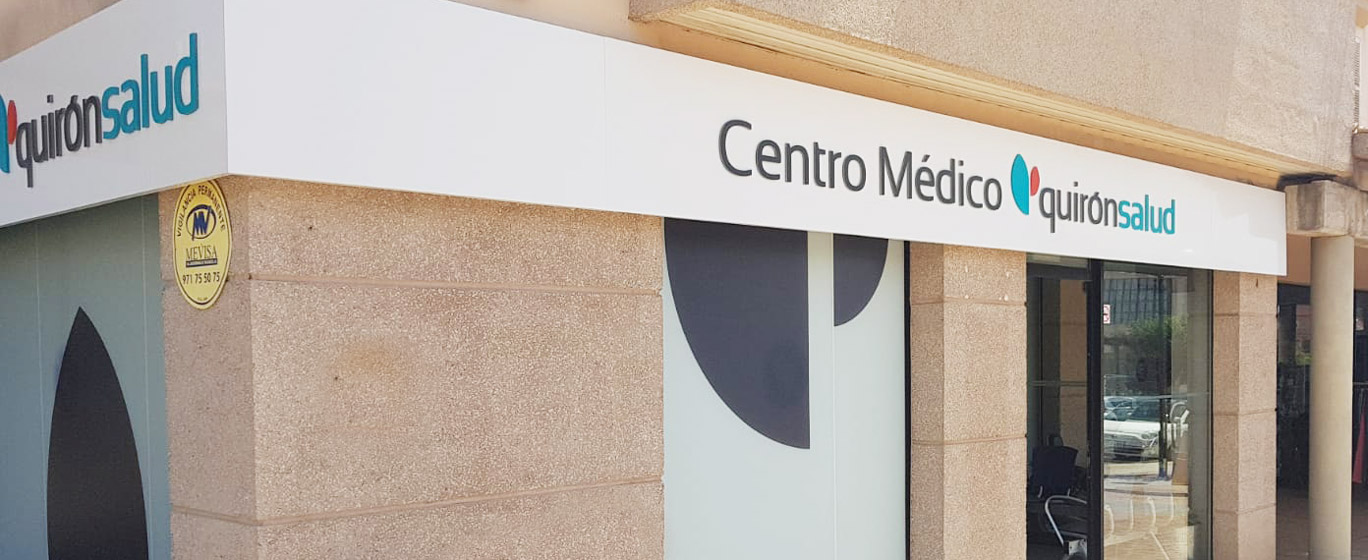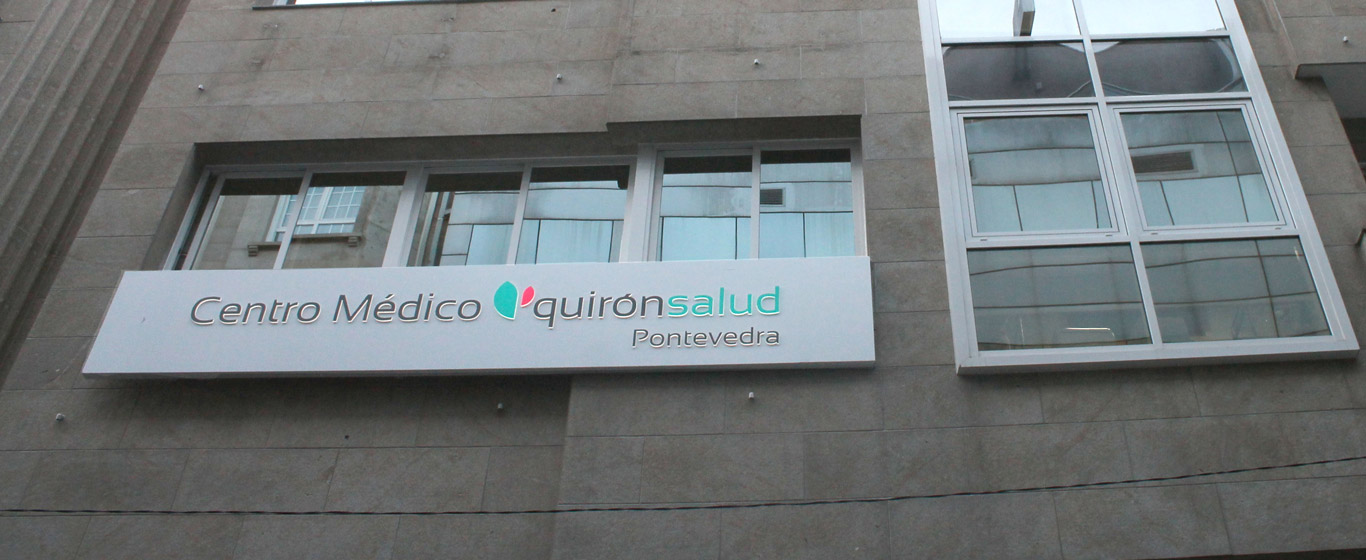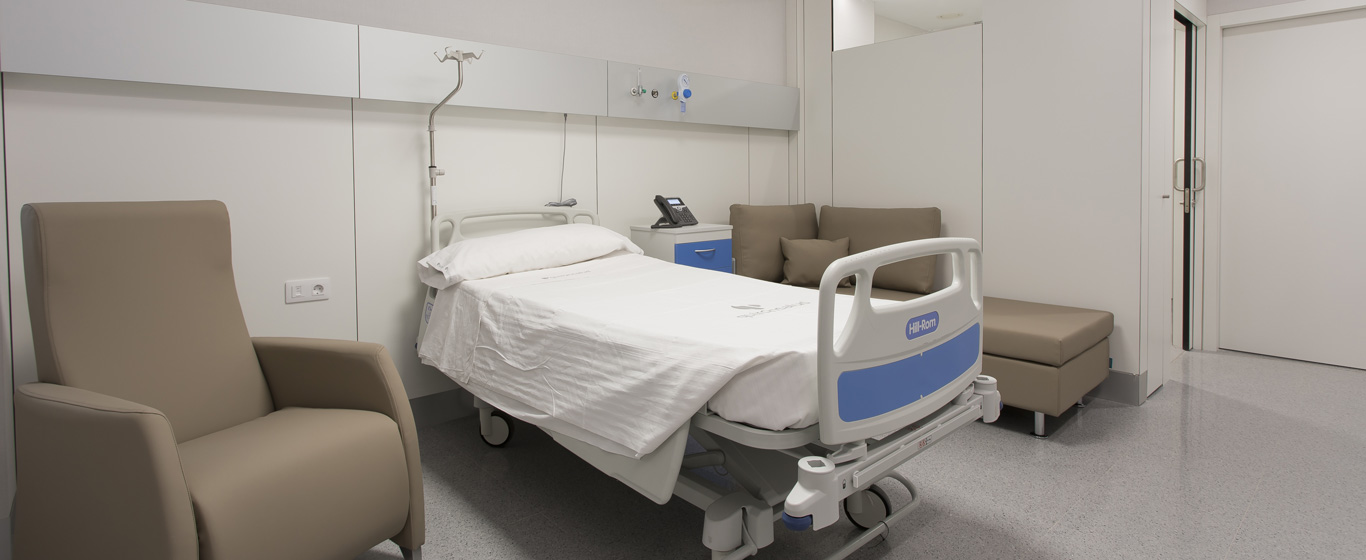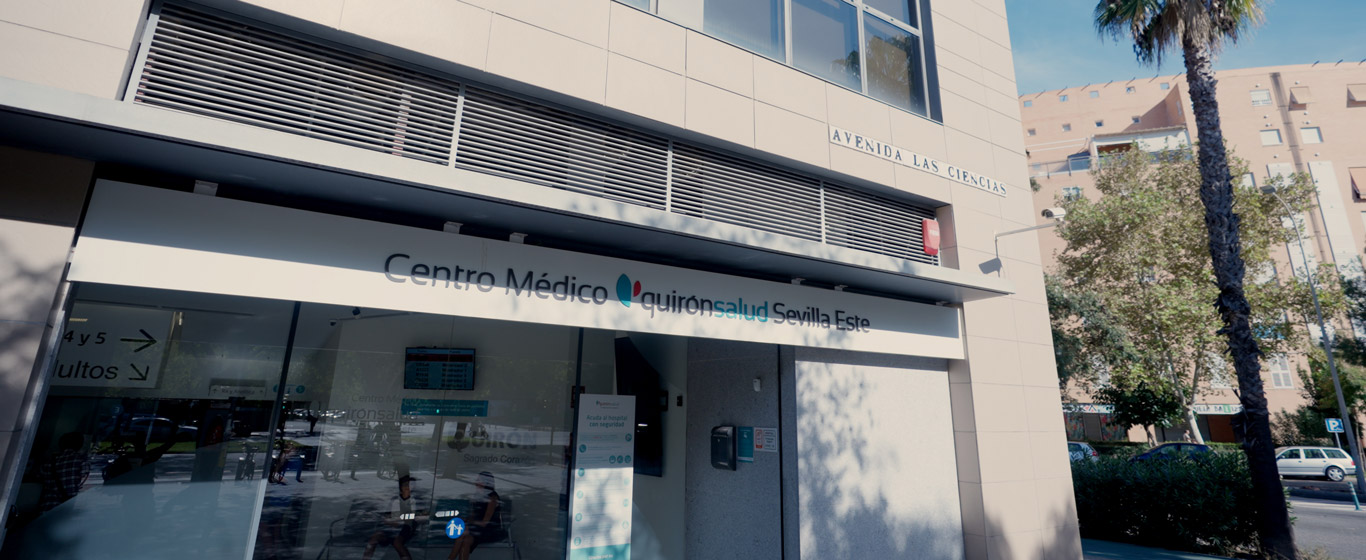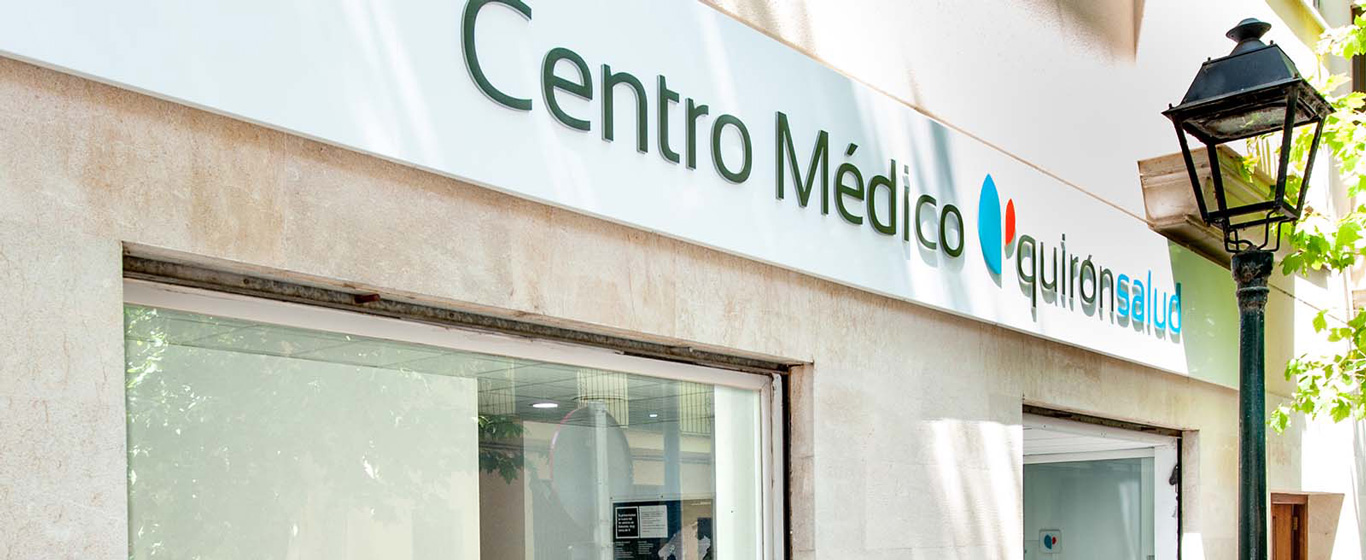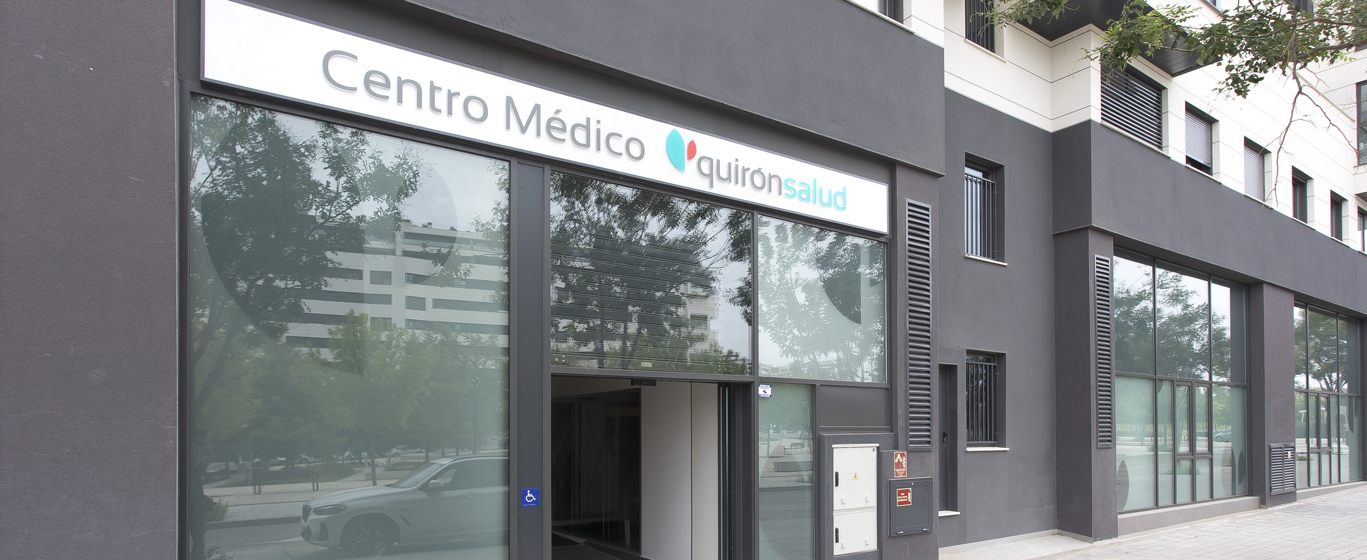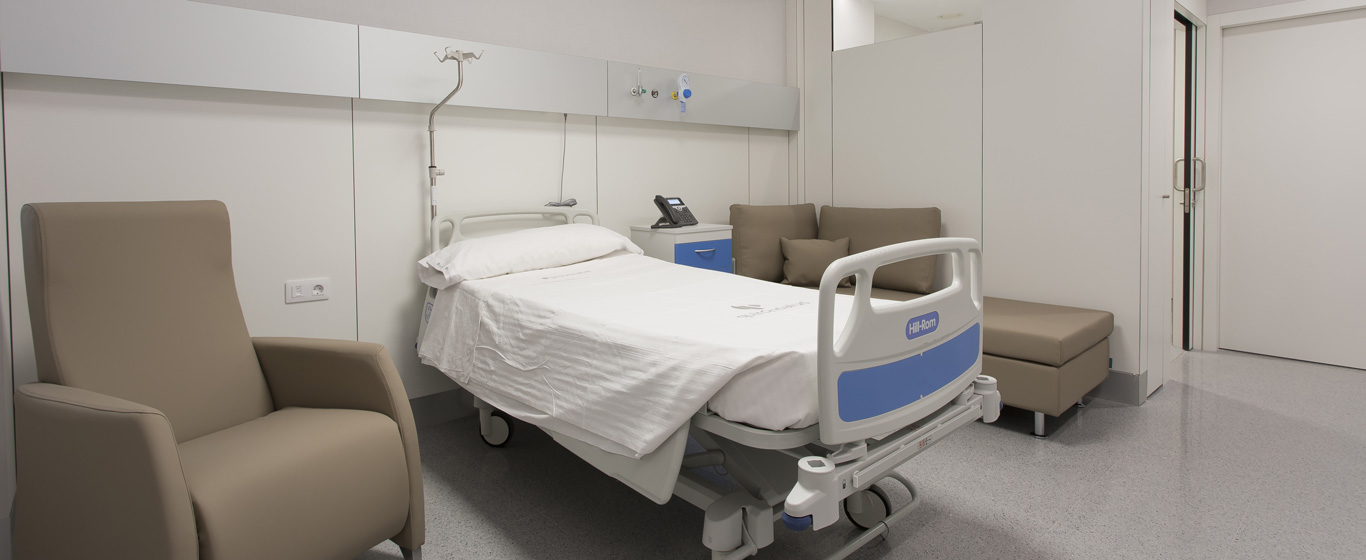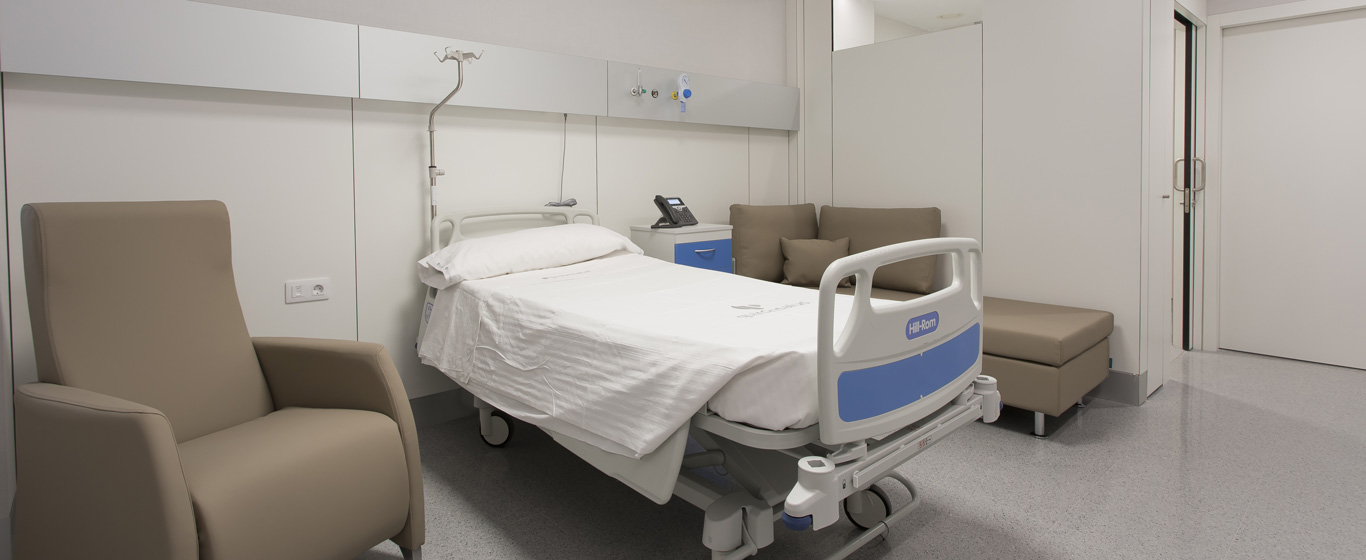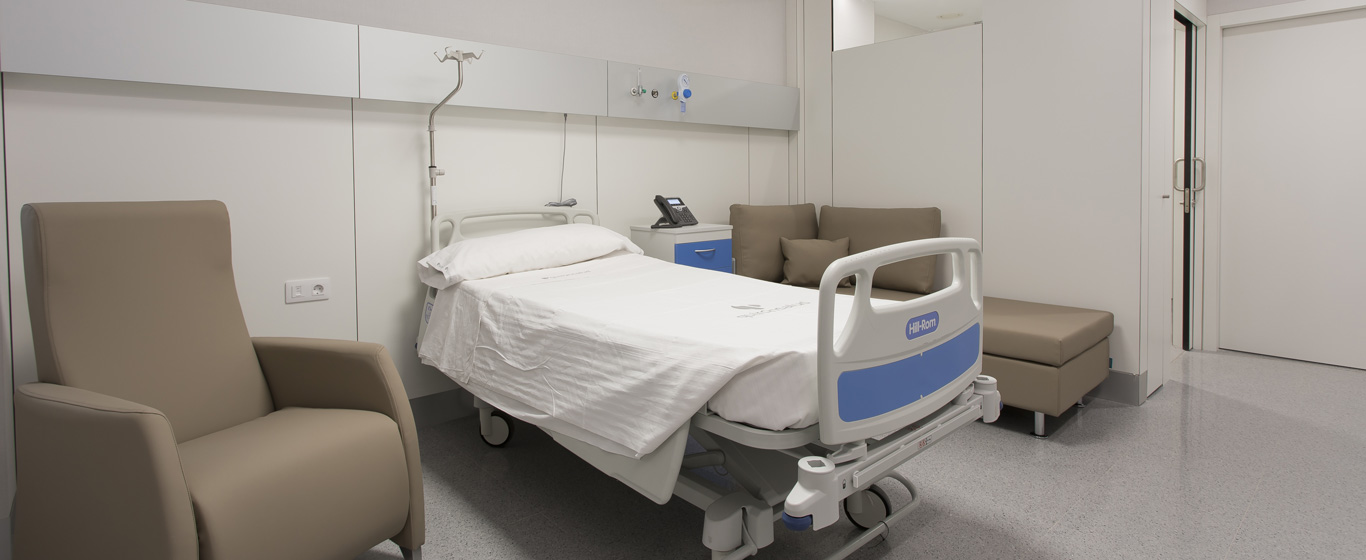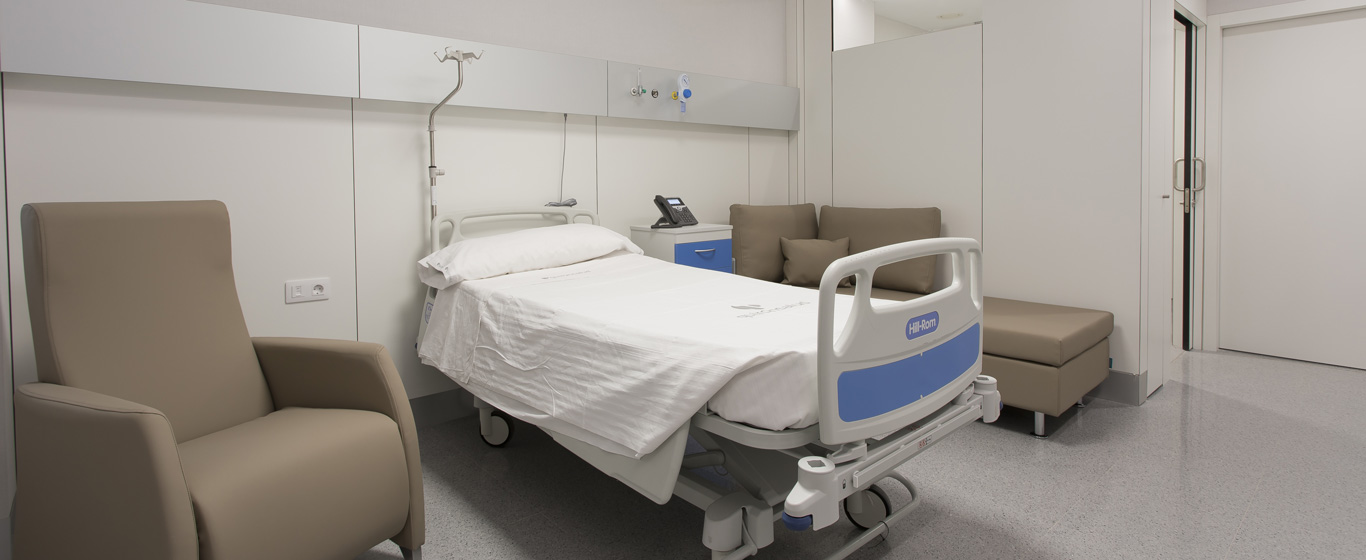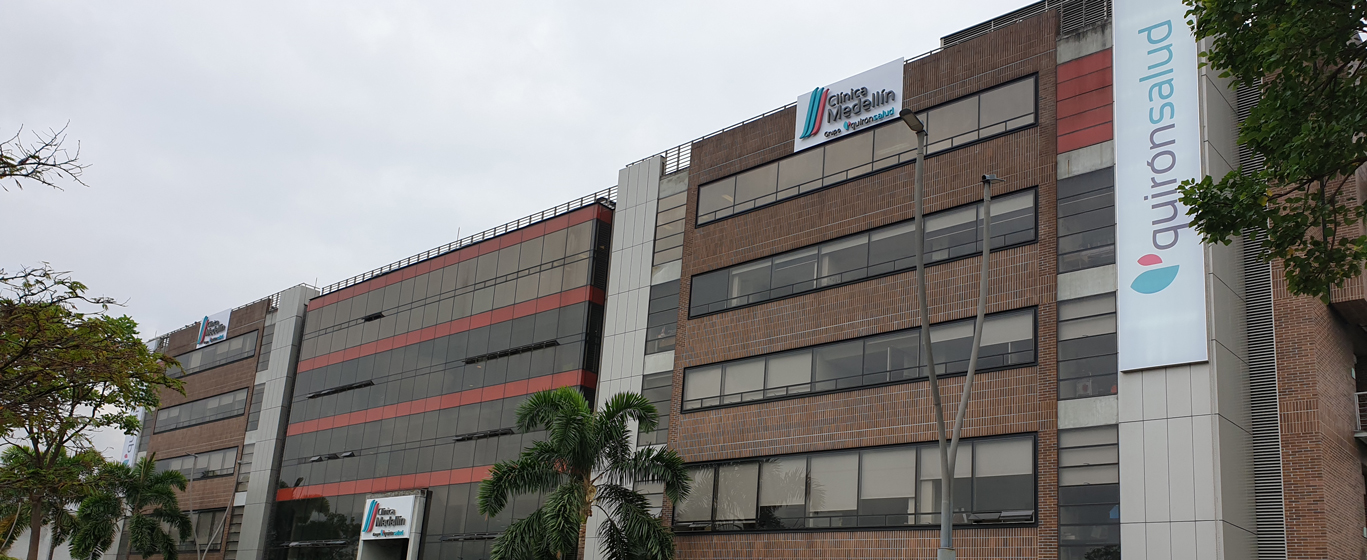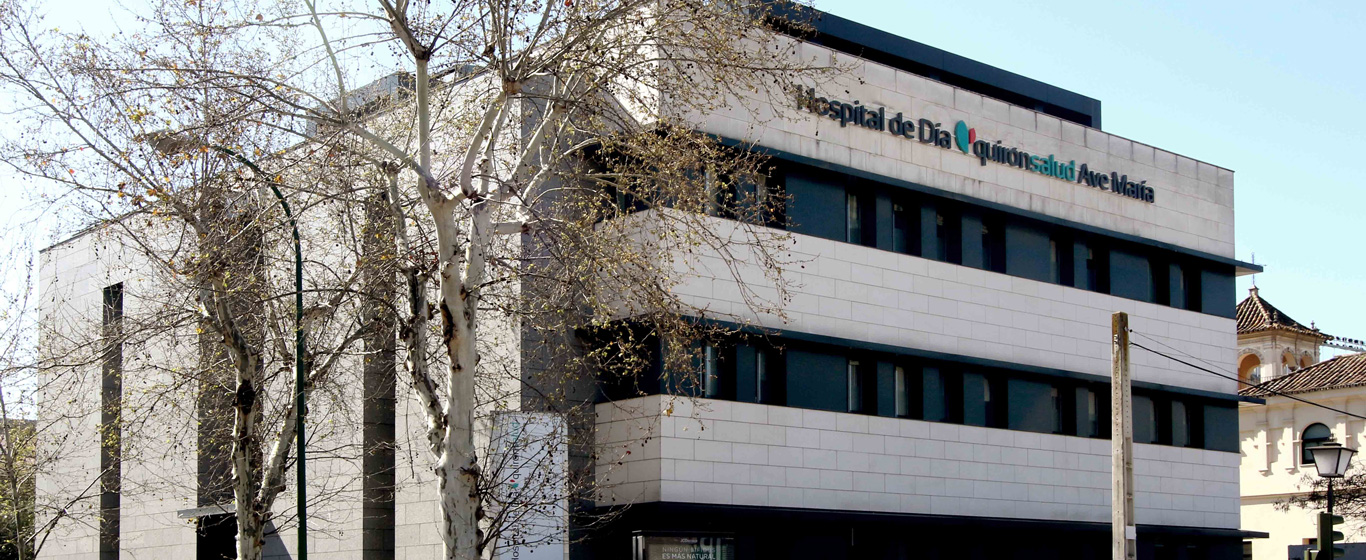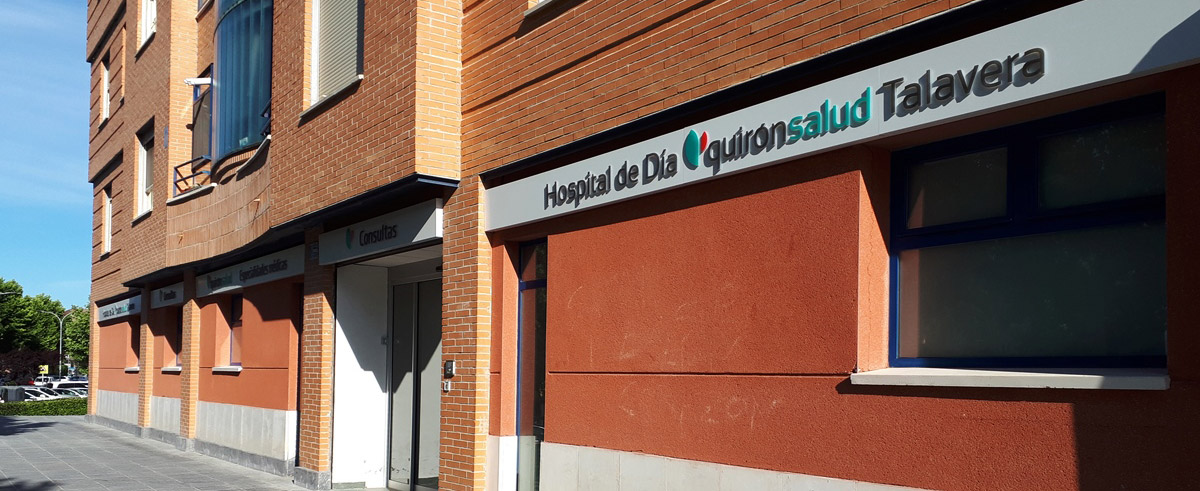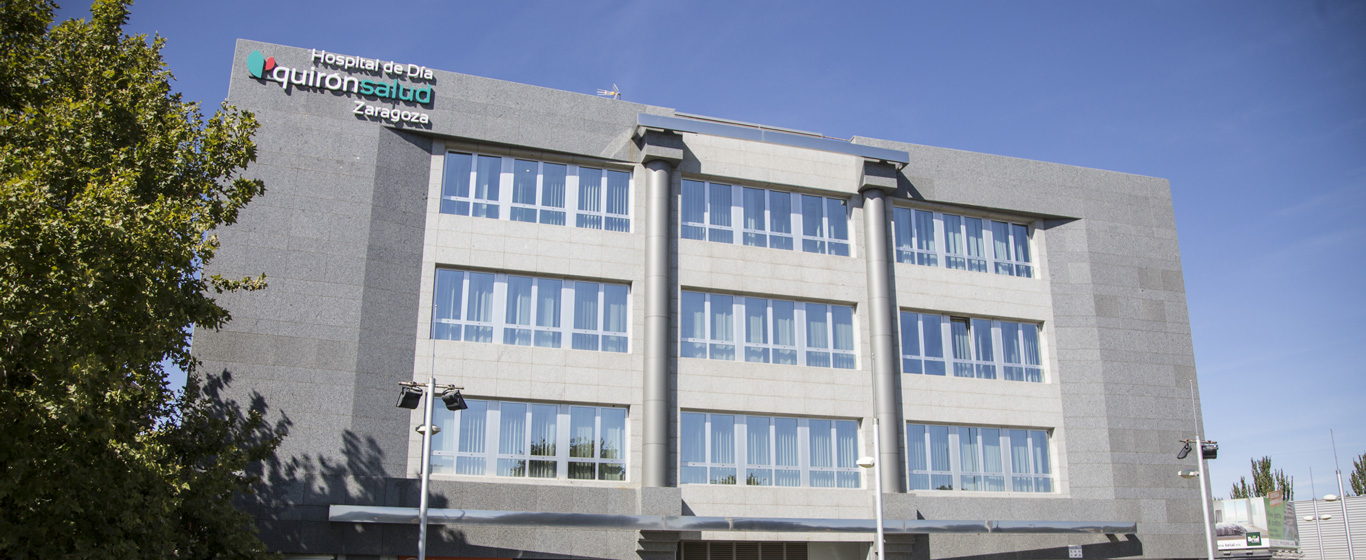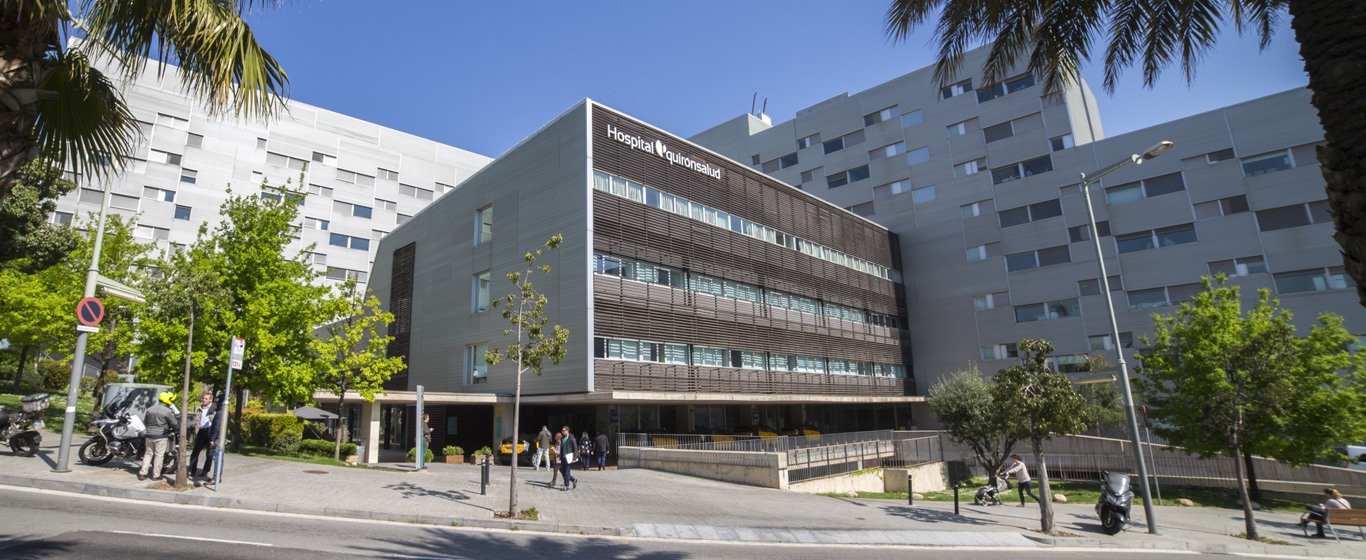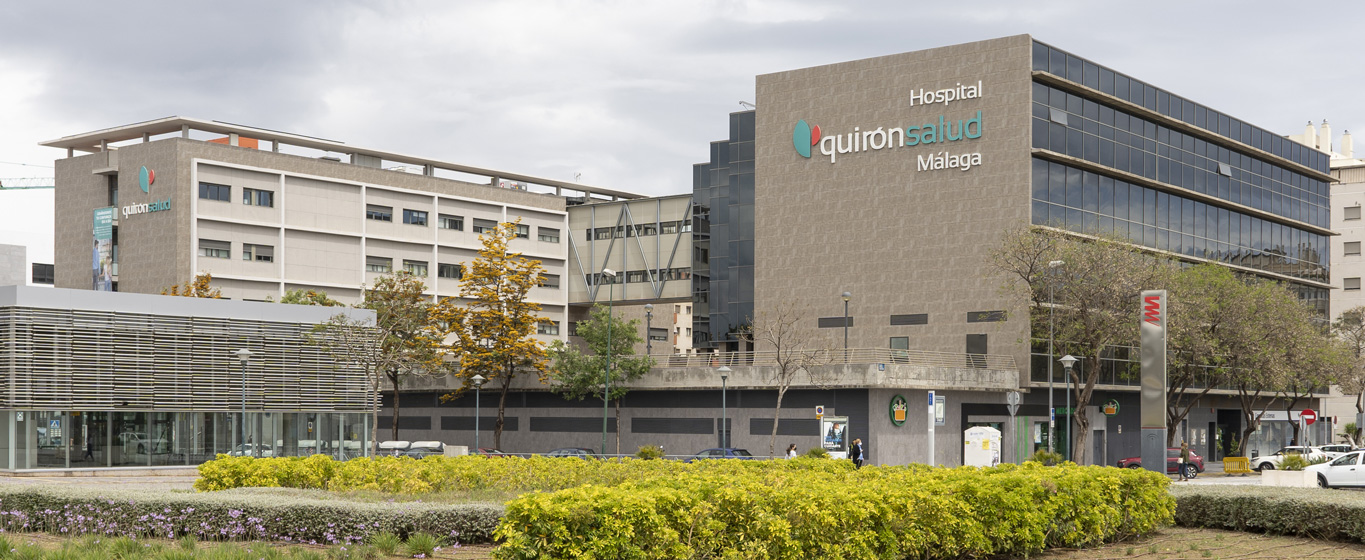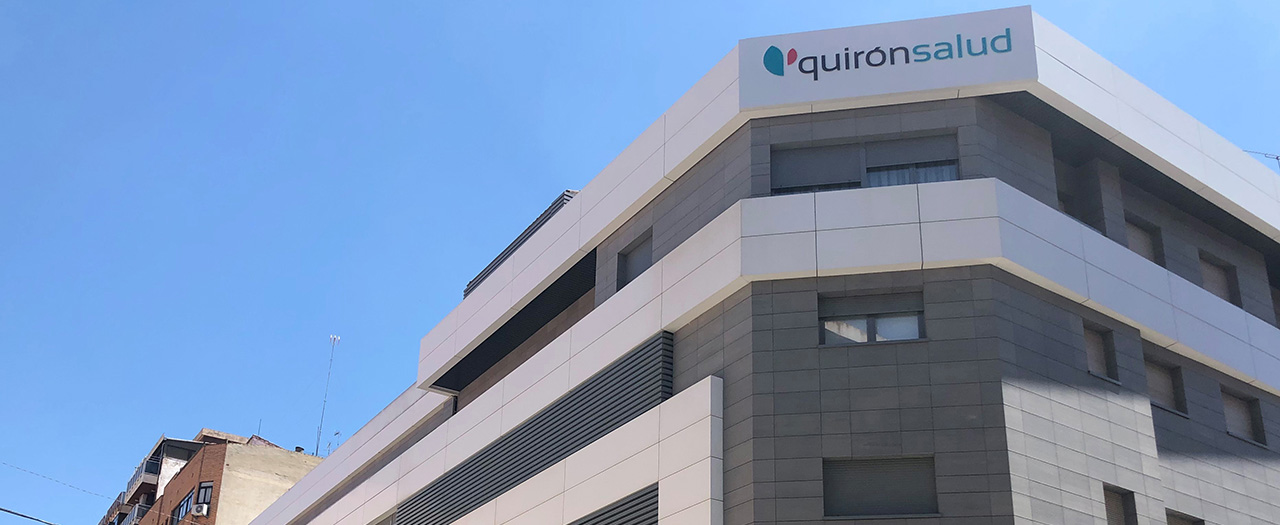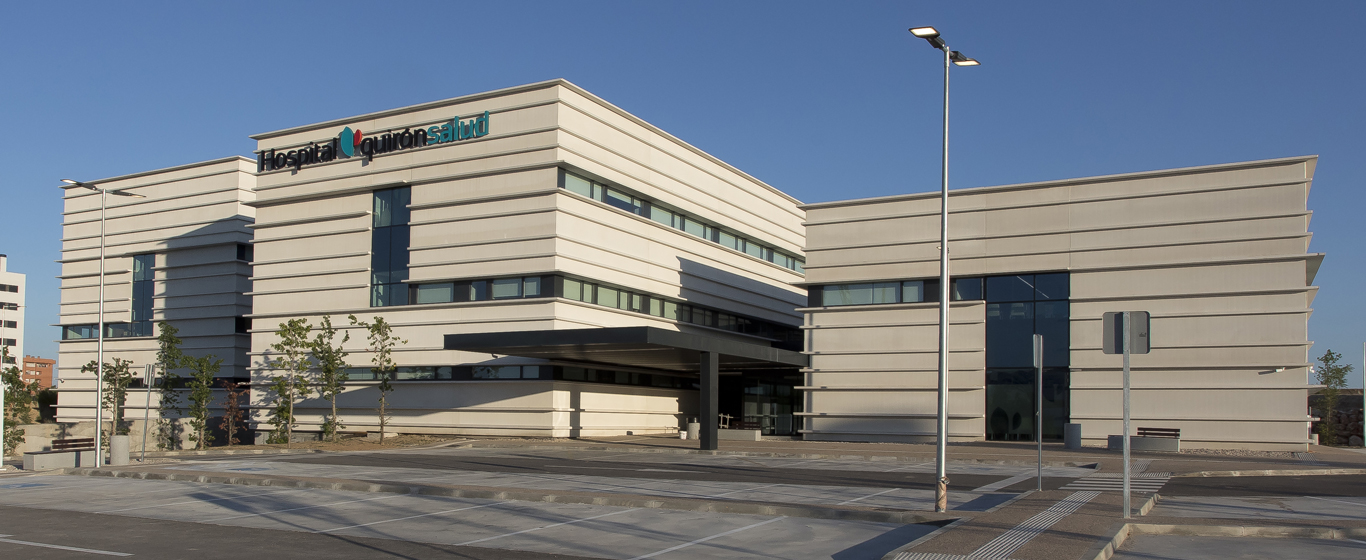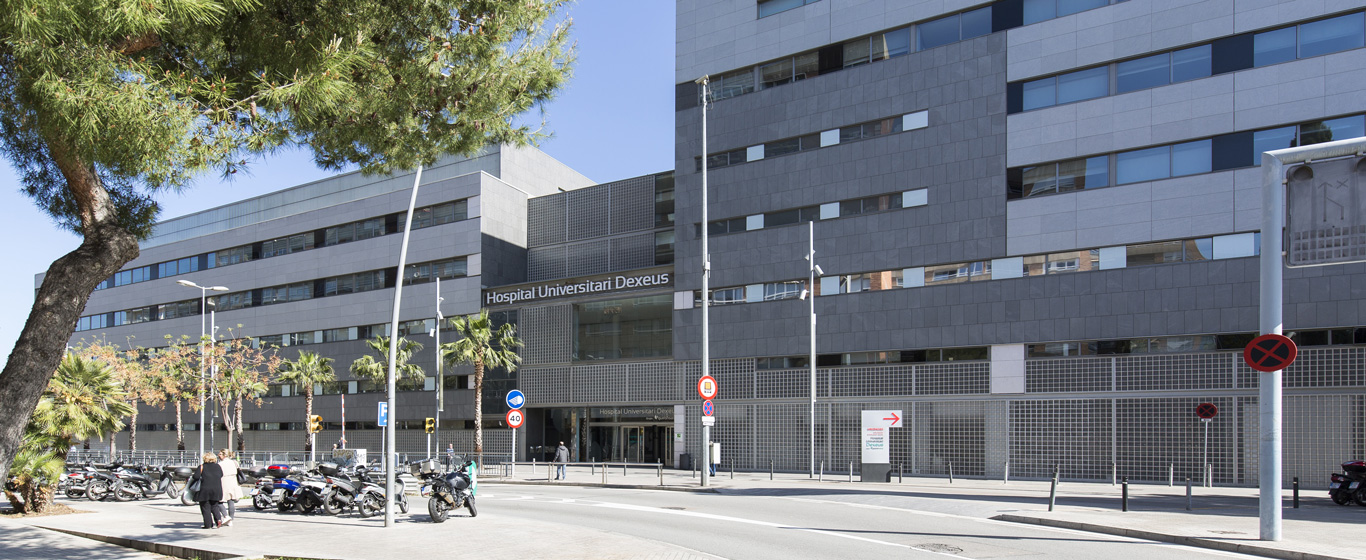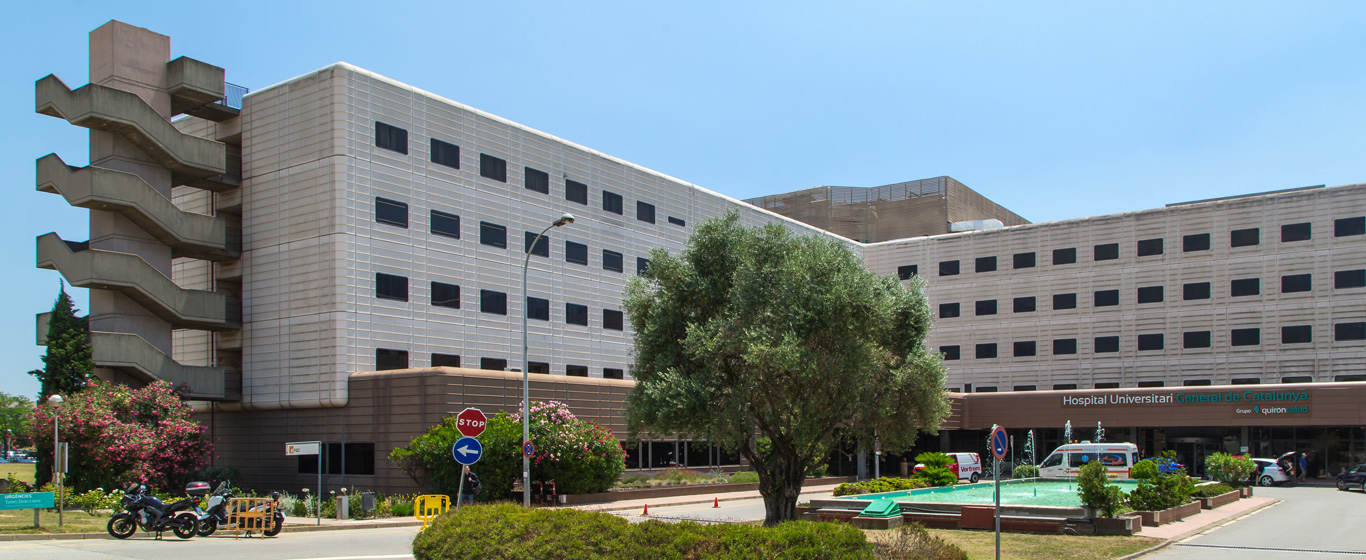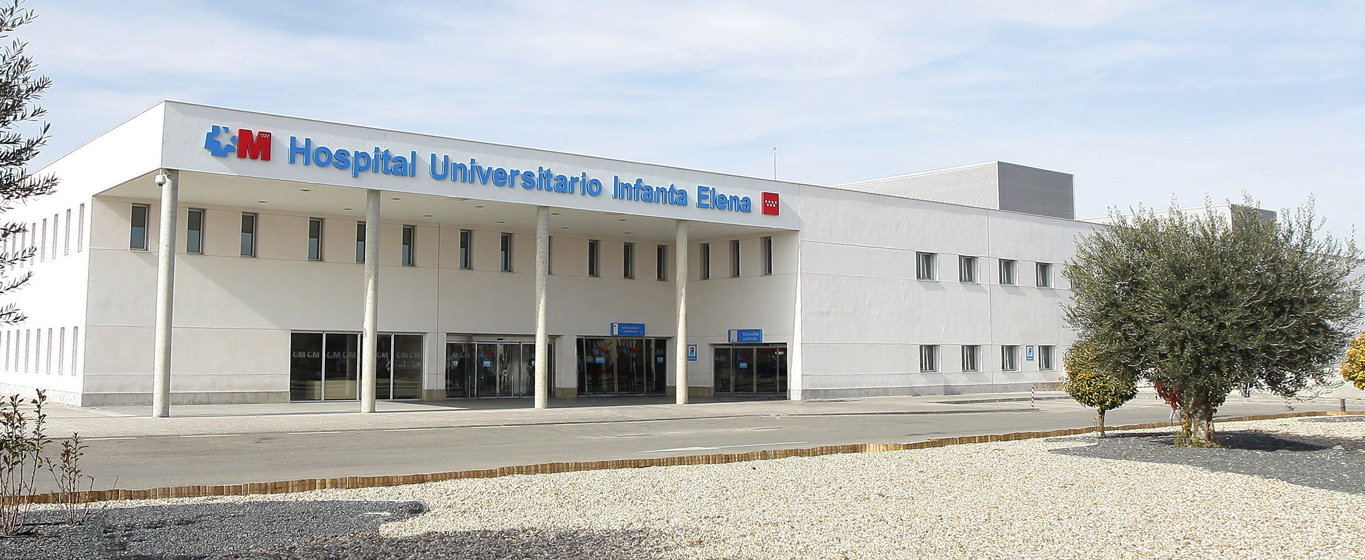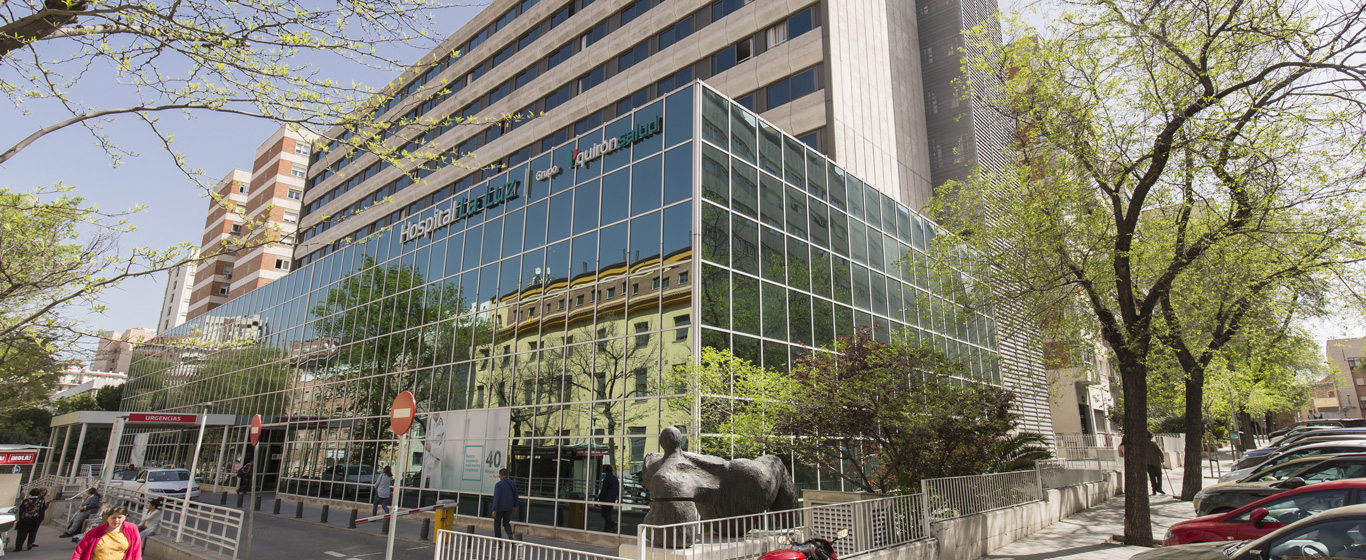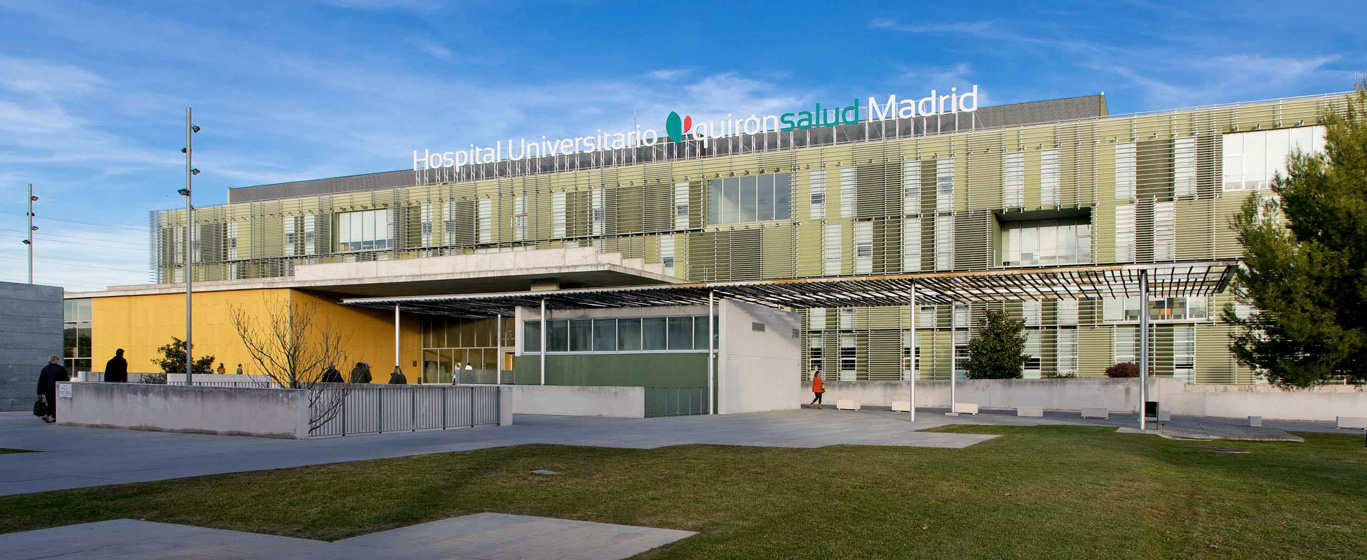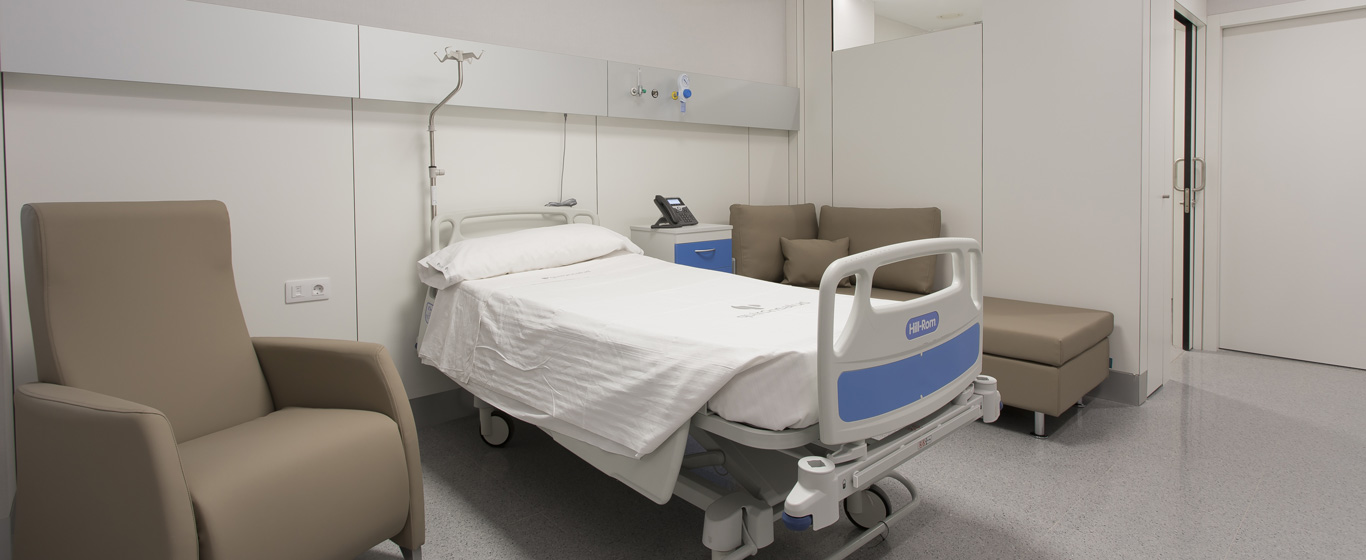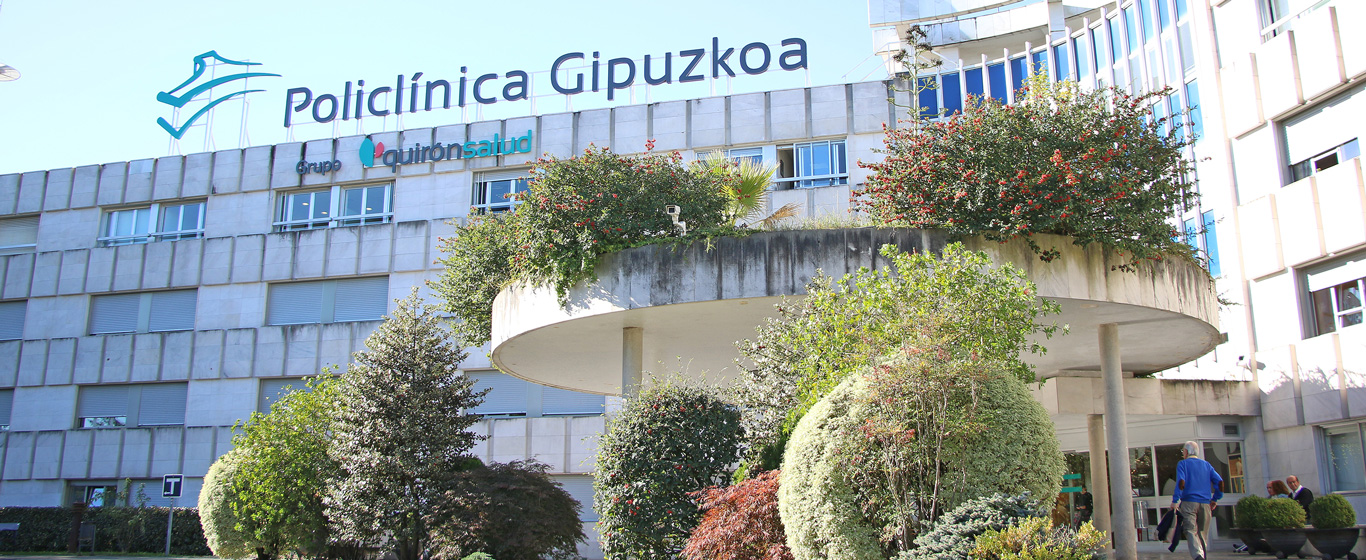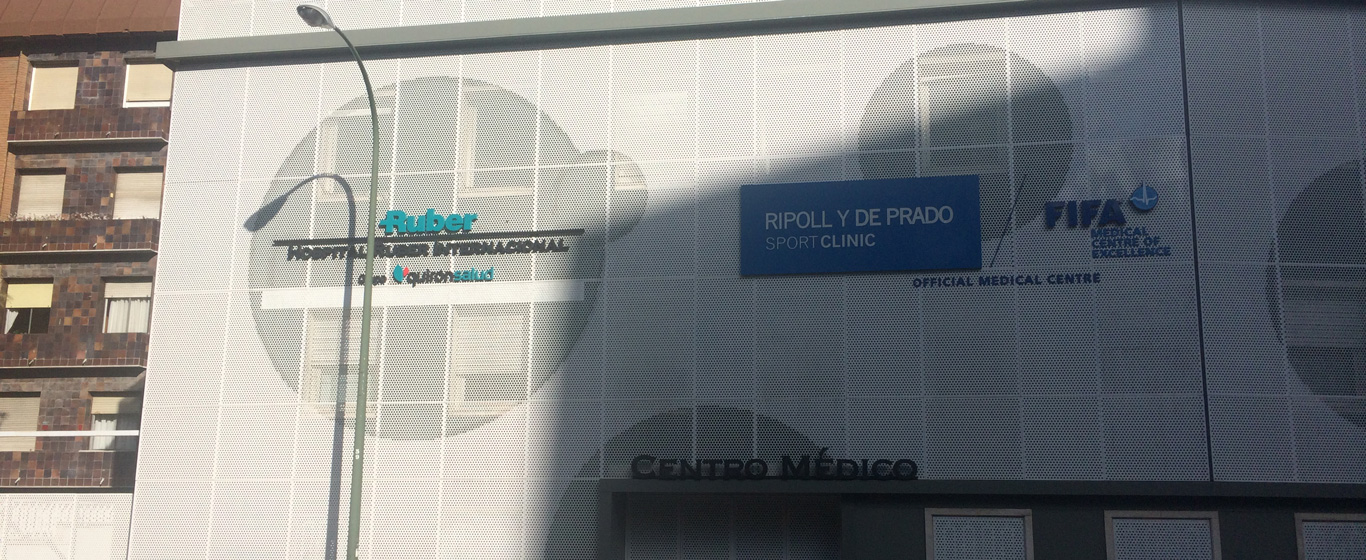Mitral Valve Disease
What is mitral valve disease? Everything you need to know about the causes, symptoms, and most effective treatments for mitral valve disease.
Symptoms and Causes
Mitral valve disease is a condition that affects the heart valve responsible for allowing blood to flow from the left atrium to the left ventricle in a single direction.
Depending on the type of malfunction in this valve, two different conditions may occur:
- Mitral regurgitation or mitral insufficiency: The valve does not close properly, causing blood to flow backward into the atrium during ventricular systole.
- Mitral valve stenosis: There is an obstruction or narrowing of the valve opening, preventing normal blood flow between the two left heart chambers.
Advances in diagnostic methods and surgical techniques allow for a favorable prognosis, with most patients recovering without major complications.
Symptoms
Mitral valve disease can vary in severity, and some patients may remain asymptomatic for many years. When symptoms do appear, the most common ones include:
- Fatigue
- Shortness of breath and difficulty breathing
- Heart murmur (abnormal heart sounds or murmurs)
- Atrial fibrillation (irregular heartbeats)
Mitral regurgitation, in particular, can cause shortness of breath during physical activity, swelling (especially in the ankles), and a dry cough. On the other hand, mitral stenosis can lead to dizziness, fluid buildup in the lungs, bloody sputum, or swelling in the feet and legs.
Causes
Mitral valve disease may be caused by a congenital malformation, the presence of other heart conditions, a history of rheumatic fever or infections, or natural deterioration due to aging.
Risk Factors
Factors that increase the risk of developing mitral valve disease include:
- Advanced age
- Heart attack or heart disease
- Chest radiation therapy
- Untreated rheumatic fever or streptococcal tonsillitis
Complications
Mitral valve disease can lead to excessive strain on the heart, weakening the cardiac muscle and enlarging the left ventricle. It may also result in hypertension, thrombosis, stroke, or heart failure.
Prevention
In most cases, mitral valve disease cannot be prevented. However, seeking medical attention when an infection is suspected—especially in cases of streptococcal infections—can help manage it effectively. Additionally, maintaining a healthy lifestyle contributes to overall well-being.
Which Doctor Treats Mitral Valve Disease?
Cardiology specialists diagnose and treat mitral valve disease. In some cases, cardiovascular surgeons may be required for specific procedures.
Diagnosis
The diagnosis of mitral valve disease is based on various tests, including:
- Medical history and physical examination: Evaluating symptoms and listening to the heart for murmurs or arrhythmias.
- Electrocardiogram: Records the heart’s rhythm.
- Transthoracic and transesophageal echocardiogram: This is the key test for accurate diagnosis, stratification, and treatment planning. In most cases, a transthoracic echocardiogram (performed on the chest surface) is sufficient, but in some instances, a transesophageal echocardiogram (performed with a probe inserted into the esophagus) is required for a more detailed evaluation.
- Chest X-ray: Determines heart size and lung condition.
- Cardiac catheterization: Assesses the condition of the heart’s arteries and measures lung pressure.
Treatment
Once a diagnosis of mitral valve disease is confirmed, patients should adopt a healthier lifestyle, which includes avoiding tobacco, maintaining a balanced low-sodium diet, and engaging in moderate regular exercise.
Treatment options, whether pharmacological or surgical, depend on the severity of each case:
- Medications for mitral regurgitation: Diuretics, vasodilators, and anticoagulants.
- Medications for mitral stenosis: In addition to the above, beta-blockers, antiarrhythmic drugs, and sometimes antibiotics.
- Mitral valve repair surgery: This procedure corrects the structure, reshapes the openings, and removes excess tissue to restore normal valve function.
- Mitral valve replacement surgery: The damaged valve is replaced with a mechanical or biological tissue valve.
- Cardiac catheterization: In some cases, the valve can be treated using this technique, either by inserting a balloon to widen the valve opening in stenosis cases or by using a "clip" to improve regurgitation, avoiding the need for open-heart surgery.







